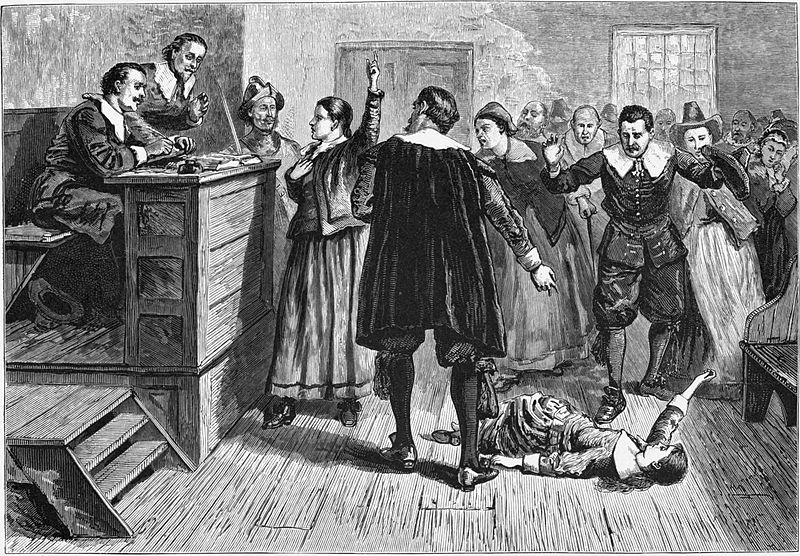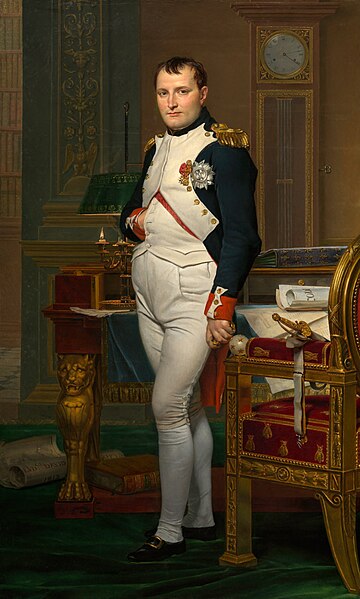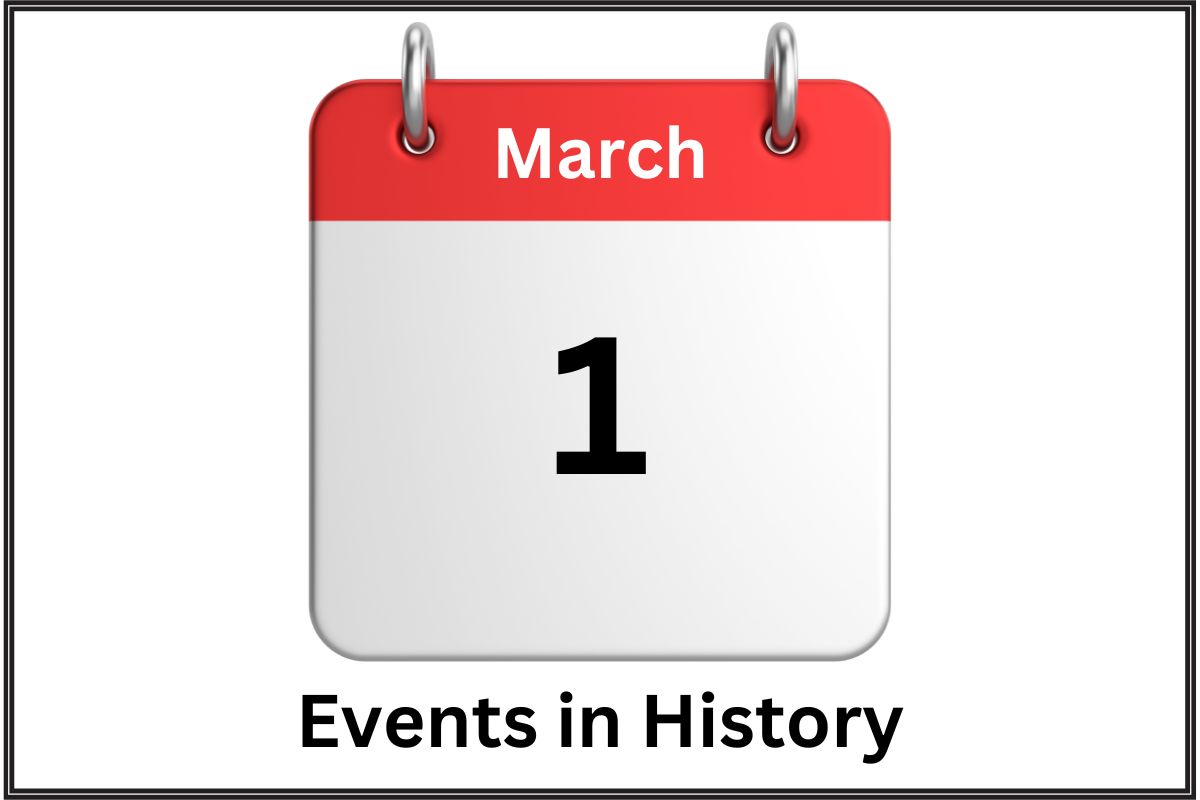On March 1st, history has unfolded in extraordinary ways, marking this date as a crossroads of momentous events.
From the strategic political maneuvers that reshaped empires to groundbreaking scientific discoveries, each moment has contributed to the rich mosaic of our shared past.
In this article, we embark on a journey through 20 pivotal occurrences on March 1st, exploring the evolution of societies, the leap of human understanding, and the indomitable spirit of exploration and conservation. T
March 1st Events in History
293 AD – Roman Emperors Diocletian and Maximian appoint Constantius Chlorus and Galerius as Caesares, effectively promoting them to junior co-emperors
This event was part of the Tetrarchy, a system instituted by Roman Emperor Diocletian aimed at stabilizing and securing the Roman Empire. By appointing Constantius Chlorus and Galerius as Caesares, Diocletian effectively split the empire into four parts, each governed by a Tetrarch.
Also Read: February 29 – On this Day in History
This was a strategic move to address the empire’s vast size and the numerous challenges it faced, including external invasions and internal dissent.
Diocletian and Maximian became Augusti, or senior co-emperors, while Constantius and Galerius took the role of junior co-emperors, setting the stage for a more manageable governance structure.

1562 – The Massacre of Vassy, which ignited the French Wars of Religion, took place
The Massacre of Vassy, also known as the Massacre of Wassy, was a pivotal event that sparked the French Wars of Religion, a series of conflicts that devastated France for decades.
On March 1, 1562, Duke Francis of Guise and his troops attacked and killed a congregation of Huguenots (French Protestants) worshiping in a barn in Vassy, killing dozens and wounding hundreds.
Also Read: March 2nd Events in History
This act of violence against the Huguenots enraged the Protestant community and led to the outbreak of the First War of Religion in France, marking the beginning of a long and bloody conflict between Catholics and Protestants in the country.
1642 – Georgeana (now York, Maine) becomes the first incorporated city in the US
Georgeana, now known as York in Maine, became the first incorporated city in what would become the United States. The incorporation of Georgeana was significant because it marked the beginning of formal municipal governance in the English colonies of North America.
This early example of city incorporation set the stage for the development of local governance structures across the colonies, which would eventually evolve into the complex municipal systems seen in the U.S. today.
1692 – Sarah Good, Sarah Osborne, and Tituba are accused of witchcraft in Salem, Massachusetts, marking the beginning of the Salem Witch Trials
The Salem Witch Trials began in 1692 when Sarah Good, Sarah Osborne, and a slave named Tituba were accused of witchcraft in Salem, Massachusetts.
The accusations led to a widespread hysteria and panic, fueling a series of investigations and trials that resulted in the execution of twenty people, most of them women, and the imprisonment of many others.
This event remains one of the most notorious cases of mass hysteria and has been extensively analyzed in cultural and historical contexts, illustrating the dangers of superstition and the consequences of unchecked societal fears.

1781 – The Articles of Confederation are ratified by Maryland, the last state to do so, legally establishing the United States of America
The Articles of Confederation, ratified by Maryland on March 1, 1781, served as the first constitution of the United States, legally establishing the nation as a confederation of sovereign states.
The Articles provided a framework for national government, but they granted limited powers to the central authority, with the majority of power residing with the individual states. This arrangement led to numerous challenges, including financial difficulties and lack of centralized control over foreign affairs and defense.
The weaknesses of the Articles of Confederation eventually necessitated the drafting of the U.S. Constitution in 1787, which created a stronger federal government.
1790 – The first United States census is authorized
The United States Congress authorized the first national census to ascertain the country’s population and better understand its demographic distribution.
Conducted under Secretary of State Thomas Jefferson, the census aimed to allocate Congressional seats and direct taxes based on state populations. It was a monumental task at the time, reflecting the young nation’s efforts to organize itself and its resources.
The census counted approximately 3.9 million people, highlighting the extent of the population in the post-Revolutionary War period. This decennial tradition has continued, evolving with the nation and providing critical data for government, business, and research.
1803 – Ohio is admitted as the 17th U.S. state, although the formal declaration wasn’t until 1953
Although Ohio’s statehood is celebrated on March 1, 1803, the official declaration wasn’t made until 1953, when President Dwight D. Eisenhower signed a congressional joint resolution retroactively admitting Ohio to the Union. The delay in formal recognition was due to an oversight at the time Ohio was supposed to be admitted.
Despite this, Ohio has played a significant role in American history, from being a key player in the development of the American Midwest to being known as the “Mother of Presidents” for being the birthplace of seven U.S. presidents.
1815 – Napoleon returns to France from his banishment on Elba, marking the start of the Hundred Days
This event marks the start of the Hundred Days, Napoleon Bonaparte’s brief period of restoration to power after escaping from exile on the island of Elba. Landing in France on March 1, 1815, Napoleon quickly rallied support among the French people and the army, enabling him to march into Paris later that month, effectively taking control of France once again.
This bold move led to the final phase of the Napoleonic Wars, culminating in Napoleon’s defeat at the Battle of Waterloo and his subsequent exile to the remote island of Saint Helena, where he spent the remainder of his life.

1845 – President John Tyler signs a resolution to annex the Republic of Texas
The annexation of Texas was a pivotal moment in American history, significantly expanding the United States’ territory and contributing to the escalation of tensions that would eventually lead to the Mexican-American War.
Texas had declared its independence from Mexico in 1836 but faced ongoing conflicts with Mexico, which did not recognize its sovereignty. The annexation process was controversial, reflecting the broader national debates over slavery and expansion. Texas officially became the 28th state on December 29, 1845.
1864 – Rebecca Lee becomes the first African-American woman to receive a U.S. medical degree
Rebecca Lee Crumpler challenged the barriers of race and gender to become the first African-American woman in the United States to earn a medical degree, graduating from the New England Female Medical College.
Her achievement was a significant milestone in American history, paving the way for future generations of African-American women in medicine.
After earning her degree, Crumpler dedicated her life to treating the poor and marginalized, and she published a medical guide for women and children, emphasizing the importance of medical care for freed slaves who were denied access to adequate healthcare.
1872 – Yellowstone National Park is established as the world’s first national park
On March 1, 1872, U.S. President Ulysses S. Grant signed the Yellowstone National Park Protection Act into law, establishing Yellowstone as the world’s first national park.
This groundbreaking legislation was enacted to preserve the extraordinary landscapes, geothermal features, and wildlife of the Yellowstone region for future generations.
Covering nearly 3,500 square miles of wilderness in what are now the states of Wyoming, Montana, and Idaho, Yellowstone set a precedent for the conservation of natural beauty and resources worldwide, leading to the creation of national parks across the globe.
1896 – Henri Becquerel discovers radioactivity
French physicist Henri Becquerel made a groundbreaking discovery on March 1, 1896, when he found that uranium salts emitted rays that could expose photographic plates, even in the absence of light. This phenomenon, which he initially called “uranic rays,” was later understood to be radioactivity—a term coined by Marie Curie.
Becquerel’s discovery opened the door to a new field of physics, leading to significant advancements, including the study of atomic structure, the development of nuclear energy, and the treatment of cancer through radiation therapy.
1912 – Albert Berry makes the first parachute jump from a moving airplane
On March 1, 1912, Albert Berry made history as the first person to successfully parachute from a moving airplane. The jump took place over Jefferson Barracks Military Post, near St. Louis, Missouri.
Berry jumped from a Benoist pusher biplane from an altitude of about 1,500 feet, landing safely and demonstrating the potential of parachutes as life-saving devices for aviators. This pioneering feat marked a significant milestone in the development of aviation safety and parachuting techniques.

1921 – The Australian cricket team led by Warwick Armstrong becomes the first team to complete a clean sweep of the Ashes, an achievement later known as “The Invincibles”
In 1921, the Australian cricket team, led by Warwick Armstrong, achieved the first-ever clean sweep in the Ashes series against England. The Ashes is one of the most celebrated rivalries in cricket, with its history dating back to 1882. Armstrong’s team dominated the 1921 series, winning all five Test matches against the English side.
This remarkable achievement set a high standard for future cricket teams and cemented Australia’s reputation as a formidable force in the sport. The team’s success in 1921 would later inspire the nickname “The Invincibles” for the 1948 Australian team that also went undefeated in England.
1936 – The Hoover Dam is completed
The Hoover Dam, one of the most ambitious engineering projects of its time, was completed in 1936.
Located on the Colorado River at the border between Arizona and Nevada, the dam was constructed during the Great Depression as part of a larger effort to control floods, provide irrigation water, and generate hydroelectric power. At the time of its completion, it was the tallest dam in the world and a marvel of modern engineering.
The Hoover Dam not only transformed the American Southwest by enabling the development and growth of cities like Las Vegas and Los Angeles through water management and power supply but also became a symbol of American ingenuity and resilience.
1953 – Soviet Premier Joseph Stalin suffers a stroke and collapses; he dies four days later
On March 1, 1953, Joseph Stalin, the Premier of the Soviet Union and one of the most powerful and notorious leaders of the 20th century, suffered a stroke that would lead to his death four days later, on March 5.
Stalin had ruled the Soviet Union with an iron fist since the late 1920s, overseeing a regime marked by widespread repression, the execution and imprisonment of millions in labor camps, and significant contributions to the defeat of Nazi Germany in World War II.
His death marked the end of an era and initiated a power struggle within the Soviet leadership, eventually leading to a period of “de-Stalinization” under his successor, Nikita Khrushchev.
1961 – President John F. Kennedy establishes the Peace Corps
On March 1, 1961, U.S. President John F. Kennedy signed an executive order establishing the Peace Corps, a volunteer program aimed at assisting people outside the United States in understanding American culture and helping Americans understand the cultures of other countries.
The establishment of the Peace Corps was part of Kennedy’s broader initiative to promote international friendship and peace by sending American volunteers abroad to work on projects related to education, health, and development.
The Peace Corps has since become an iconic symbol of American goodwill, with thousands of volunteers serving in countries around the world.
1971 – A bomb explodes in the Capitol building in Washington, D.C., planted by the Weather Underground in protest of the U.S. invasion of Laos
On March 1, 1971, a bomb planted by the Weather Underground, a radical left-wing organization protesting the U.S. involvement in the Vietnam War, exploded in the Capitol building in Washington, D.C. The bomb caused significant damage to the building but resulted in no injuries, as a warning call had been made prior to the explosion.
The bombing was part of a series of attacks carried out by the group against government buildings and symbols of American power during the late 1960s and early 1970s, reflecting the intense political and social turmoil of the era.
1980 – The Nationalist Party is victorious in South Africa’s first all-white parliamentary elections
In 1980, the Nationalist Party, which had established and enforced the apartheid regime in South Africa, won the country’s first all-white parliamentary elections.
This victory reinforced the party’s control over the South African government and its commitment to the apartheid system, a policy of racial segregation and discrimination against the non-white population of South Africa.
The election was a pivotal moment in South Africa’s history, highlighting the deep divisions within the country and setting the stage for the continued struggle against apartheid, which would eventually lead to the system’s dismantlement and the election of Nelson Mandela as the country’s first black president in 1994.
2002 – U.S. invasion of Afghanistan: Operation Anaconda begins in eastern Afghanistan
On March 1, 2002, Operation Anaconda began in eastern Afghanistan. It was a major ground offensive aimed at eliminating Taliban and al-Qaeda forces in the Shahi-Kot Valley and Arma Mountains southeast of Zormat.
This operation was one of the early significant engagements in the broader U.S.-led War on Terror, initiated in response to the September 11, 2001, terrorist attacks on the United States. Operation Anaconda brought together a coalition of U.S. and allied Afghan military forces in a concerted effort to destroy al-Qaeda and Taliban strongholds.
Despite initial challenges, the operation was considered a success, resulting in the death of numerous militants, although it also faced criticism for issues related to its execution and coordination among allied forces.
